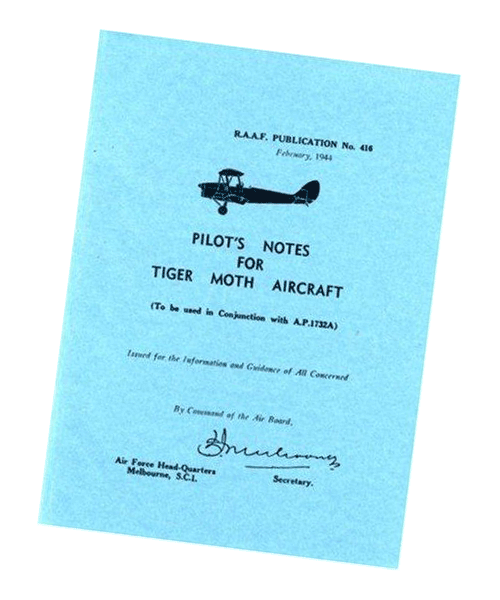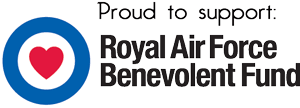A brief history of the
de Havilland DH82 Tiger Moth
The de Havilland DH 82 Tiger Moth is a 1930s biplane designed by Geoffrey de Havilland and was operated by the Royal Air Force (RAF) and others as a primary trainer. The Tiger Moth remained in service with the RAF until replaced by the de Havilland Chipmunk in 1952, when many of the surplus aircraft entered civil operation. Many other nations used the Tiger Moth in both military and civil applications, and it remains in widespread use as a recreational aircraft in many countries. It is still occasionally used as a primary training aircraft, particularly for those pilots wanting to gain experience before moving on to other tailwheel aircraft, although most Tiger Moths have a skid. Many are now employed by various companies offering trial lesson experiences. Those in private hands generally fly far fewer hours and tend to be kept in concours condition. The de Havilland Moth club founded 1975 is now a highly organized owners' association offering technical support and focus for Moth enthusiasts.
The RAF ordered 35 dual-control Tiger Moth Is which had the company designation DH 82.[6] A subsequent order was placed for 50 aircraft powered by the de Havilland Gipsy Major I engine (130 hp) which was the DH 82A or to the RAF Tiger Moth II. The Tiger Moth entered service at the RAF Central Flying School in February 1932. By the start of the Second World War, the RAF had 500 of the aircraft in service and large numbers of civilian Tiger Moths were impressed to meet the demand for trainers. To keep reading about the history of the de Havilland Tiger Moth and its importance in Britain's history, visit the Tiger Moth's Wikipedia entry.



